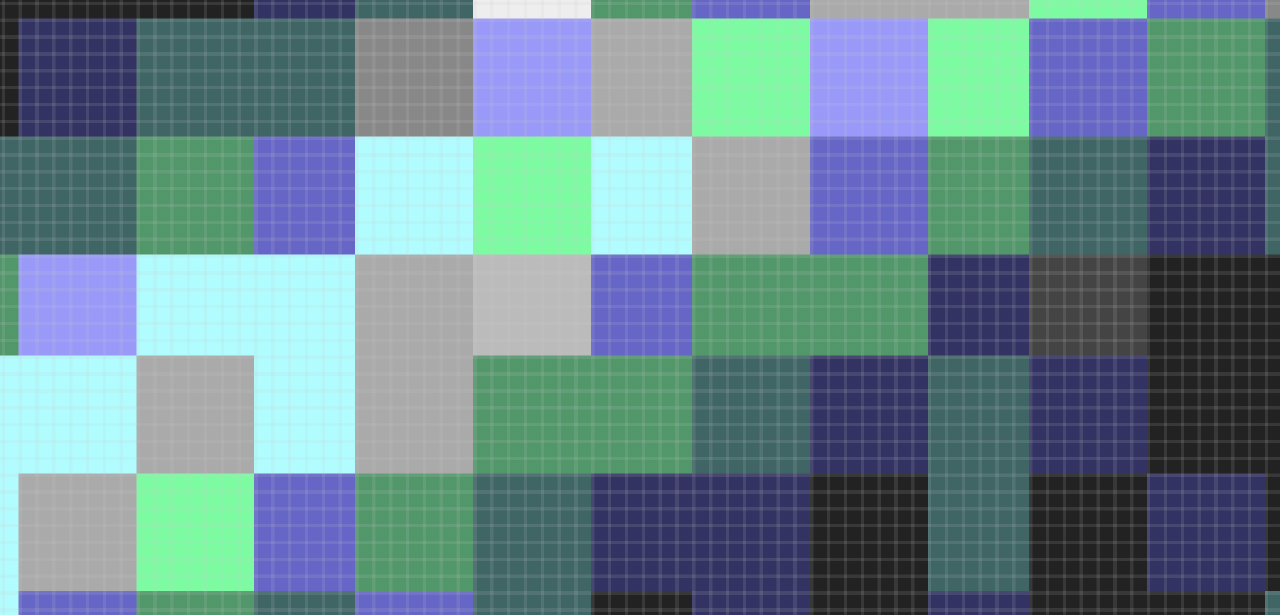Chris Welch, writing for The Verge, “Spotify Is Going to Break Every Car Thing Gadget It Ever Sold”:
Unfortunately for those owners, Spotify isn’t offering any kind of subscription credit or automatic refund for the device — nor is the company open-sourcing it. Rather, it’s just canning the project and telling people to (responsibly) dispose of Car Thing.
“We’re discontinuing Car Thing as part of our ongoing efforts to streamline our product offerings,” Spotify wrote in an FAQ on its website. [...] The company is recommending that customers do a factory reset on the product and find some way of responsibly recycling the hardware. Spotify is also being direct and confirming that there’s little reason to ever expect a sequel. “As of now, there are no plans to release a replacement or new version of Car Thing,” the FAQ reads.
Car Thing was initially made available on an invite-only basis in April 2021, with Spotify later opening a public waitlist to buy the accessory later that year. The $90 device went on general sale in February 2022 — and production was halted five months later.
No word in Spotify’s Car Thing bricking FAQ about when they’re dropping support for Apple Music, Amazon Music, and YouTube Music. Oh, that’s right, they never supported any music services other than their own, despite having spent the last decade petitioning their home-turf European Commission to secure unfettered pay-no-commission access to platforms created by Apple and Google. It actually worked for them with Google.
Spotify and European Commission supporters are likely to respond to the above by arguing that Car Thing is totally different from the iPhone and Android. Car Thing was never popular at all, and iPhone and Android combine to form a duopoly that controls the entire market for phones. “Gatekeepers” must play by different rules to rein in their gatekeeping power, and Car Thing was by no means a gatekeeping platform.
That’s all true, but what do you think Spotify planned to do if Car Thing became a hit product? Do you think they planned to open it up to competing streaming services after it became popular? I doubt it. And if you think they not only would have opened Car Thing up to competing services, but would have done so without charging significant commissions or fees, I have a bridge to sell you.
To be clear, I think it’s fine for companies to create hardware exclusively for the use of their own services. And of course I also think it’s fine (great, in fact) to create hardware that is open to third-party software free of charge. But it’s also fine to create console platforms where third-party software is subject to fees and commissions paid to the platform owner. Spotify’s anti-App-Store rhetoric would lead you to believe that Apple only began extracting 30/15 percent commissions from in-app subscriptions after the iPhone became a dominant platform.
But that’s not what happened at all. When Apple announced the iPhone in 2007, Steve Jobs stated that their goal was to achieve 1 percent market share of the phone market by the end of 2008. At the end of 2008, they surpassed that goal, hitting a whopping 1.1 percent market share:
- Nokia, 38.6%
- Samsung, 16.2%
- LG, 8.3%
- Motorola, 8.3%
- Sony Ericsson, 8%
- RIM, 1.9%
- Kyocera, 1.4%
- Apple, 1.1%
- HTC, 1.1%
- Sharp, 1%
2008 was also the year the App Store launched, with support for free apps (no commission charged to developers) and paid apps (30 percent commission). Apple added subscriptions in early 2011, with the same 70/30 split. All of the iPhone’s subsequent success happened with that App Store commission in place, and that commission has only gone down over time — most notably, for Spotify, by dropping the commission from 30 to 15 percent for subscription renewals after the first year, starting in 2016.
The number one free download from the App Store in 2008 was Pandora Radio, a music streaming app. Other early hits included Last.FM and AOL Radio. But when Spotify announced they’d submitted their first version to the App Store in 2009, it was an open question whether Apple would allow it. Paid Content: “Spotify Waves iPhone Buzz Under Apple’s Nose” and “What If Apple Blocks Spotify’s iPhone App?” BBC News: “Spotify has been called an ‘iTunes killer’ because of its ease of use and its comprehensive, free library of millions of songs.” TechCrunch: “Spotify in the iPhone App Store – Will Apple Approve It?”
And my guess:
But so the big question is whether Apple will accept the app, despite the fact that Spotify is clearly a competitor to the iTunes Store. They should. For one thing, competition is good for Apple. For another, I think rejecting Spotify from the App Store could result in an antitrust investigation from the EU.
Apple did, of course, accept Spotify into the App Store. They eventually added the ability for third-party apps to play audio in the background too. I was wrong only in thinking that allowing Spotify into the App Store could avoid antitrust scrutiny from the EU.
So let’s be clear about Spotify’s position: It’s OK — for them at least — to create a new hardware platform with no support at all for third-party software, but not OK for another company that owns its own music service to create a hardware platform that offers access to any and all competing services, but charges a commission for access, if that platform becomes popular. Once sufficiently popular, it’s only fair to allow Spotify access to those platforms free of charge, despite the fact that Spotify never allowed third parties access to their own platform at all, and built their own success through access to the App Store, at a time when the iPhone had single-digit market share for phones and low-teens market share among “smartphones”. Got it.








